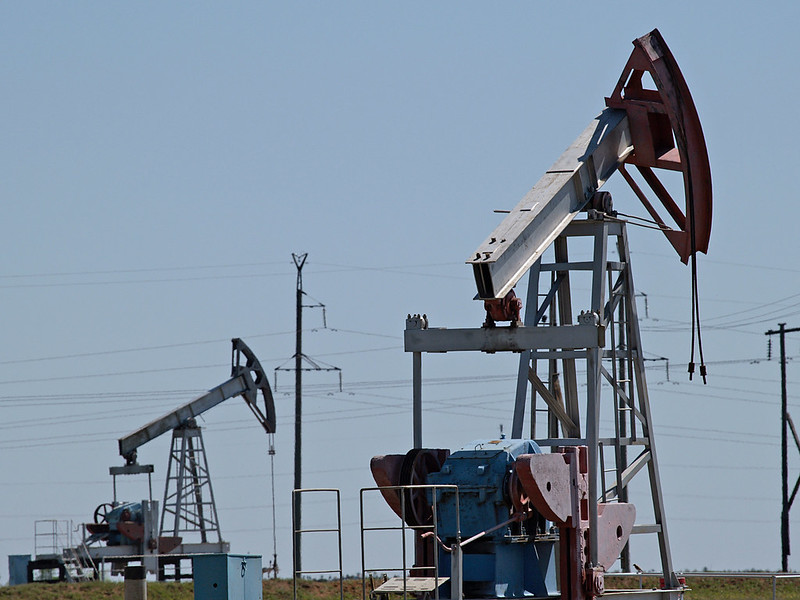Russia’s key source of revenue, crude oil exports, is under increasing strain. A combination of international sanctions, falling global prices, and growing logistical hurdles is squeezing earnings and widening Moscow’s fiscal gap.
According to the Bank of Finland’s Heli Simola, recent weeks have worsened Russia’s economic outlook. The market price of Brent crude has fallen below 65 dollars a barrel for the first time in two years.
Urals crude, Russia’s main export grade, is trading at a steep discount due to sanctions and transport restrictions.
Russia has long relied on oil exports for roughly one-third of its state budget. But since the EU embargo and the G7-led price cap took effect in late 2022, the country has struggled to sell oil above 60 dollars a barrel using Western ships and services. To bypass this restriction, Russia turned to a “shadow fleet” of tankers operating outside international oversight.
The EU has now expanded its list of sanctioned vessels. The latest round of sanctions, passed under the EU’s 17th sanctions package, blacklists another 189 tankers linked to Russia. This brings the total to over 350.
“Russia is being pushed into a corner,” said Simola, who is a senior economist at the Bank of Finland. “It must now choose between selling oil below the cap or using shadow tankers, which is increasingly expensive and risky.”
Despite efforts to circumvent sanctions, Russia is still forced to sell Urals crude at an average discount of over 20 percent compared to Brent.
Meanwhile, falling global demand and increased production from countries like Saudi Arabia have driven oil prices to their lowest levels in two years. When Russia launched its full-scale invasion of Ukraine in early 2022, oil prices hovered around 120 dollars a barrel. This spring, they are nearly half that.
Simola believes this presents an opportunity for the West.
“When the oil price is already causing Russia trouble, now is a good time to apply more economic pressure,” she said.
Russia originally based its 2025 budget on an oil price of 70 dollars a barrel. That estimate has now been revised down to 56 dollars. In April, the average price for Urals crude fell to its lowest point since 2022.
Due to declining revenues, Russia’s sovereign wealth fund has been heavily drawn down. Simola estimates the fund now holds 3.3 trillion roubles in usable assets, while this year’s budget deficit is projected to reach 4 trillion.
“This year’s deficit can’t be fully covered by the fund,” Simola said.
To close the gap, the Russian government has increased corporate taxes and leaned on domestic banks to finance state-controlled companies. Since 2022, corporate debt has surged by 70 percent. Simola warned this could lead to a financial crisis if firms are unable to repay loans and the state is forced to bail out banks.
One possible next step would be to lower the oil price cap. In January, Finland and five other EU countries proposed this, but the idea has met resistance.
Simola said reducing the price cap could inflict more damage on Russia, but it carries risks for Western economies. Any significant disruption to Russian exports could shrink global supply and push prices back up.
“Simple solutions have already been used,” she said. “Causing further harm to Russia’s economy now may require actions that also affect those imposing the sanctions.”
Despite the risks, Simola argues that sustained pressure is necessary.
“Price caps and shipping bans have weakened Russia’s income. But to maintain that impact, or increase it, the pressure must not ease.”
HT
